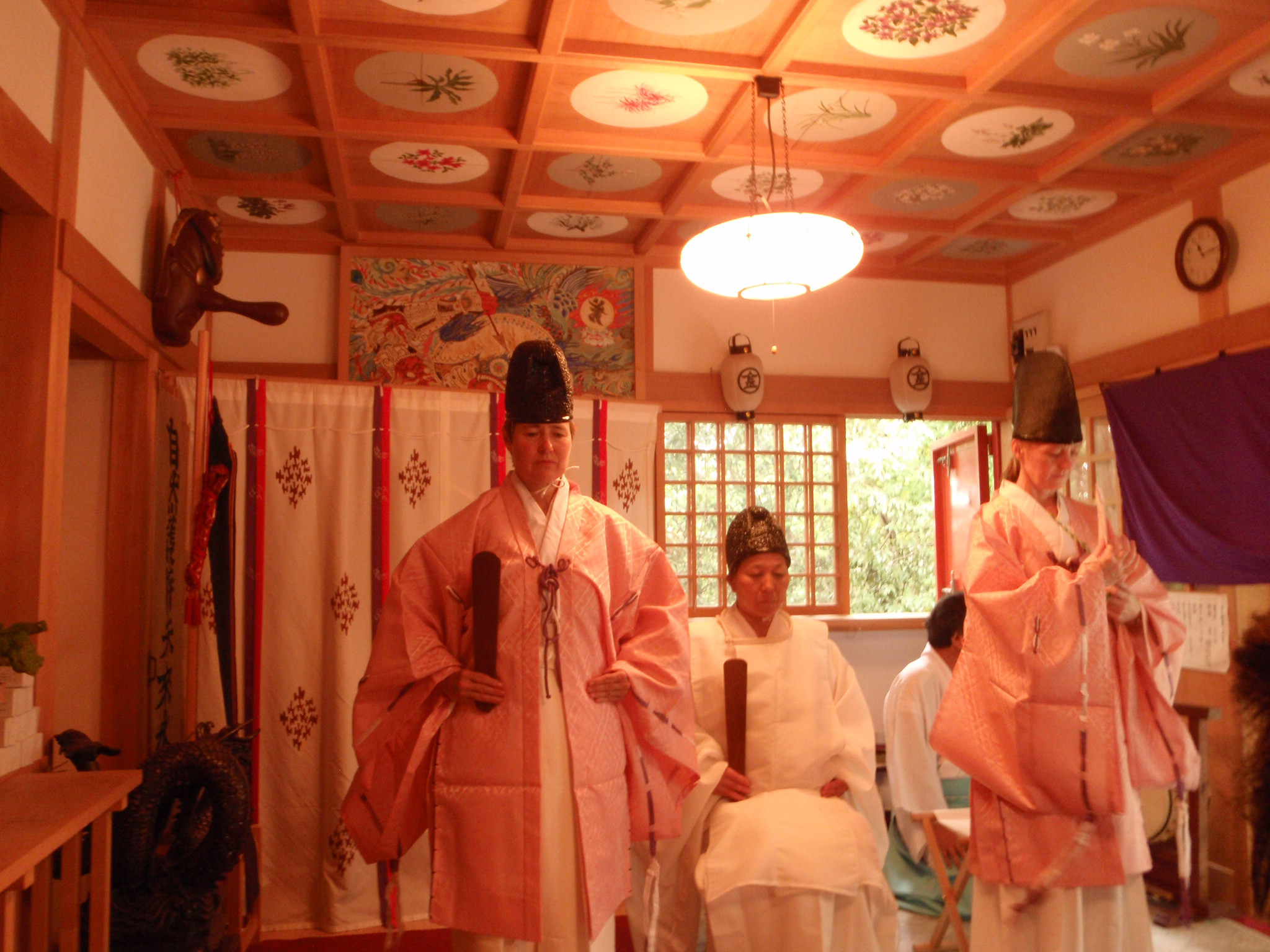Intended to stand for eternity, religious buildings such as churches, mosques and synagogues are typically made of stone. Shinto shrines, on the other hand, are completely fashioned from wood and rebuilt time and time again.
"The concept of eternity in Shinto is not everlasting as a physical existence. Worshipping or enshrining a particular kami (deity) at that place and people worshipping for generations and generations is the concept of eternity. So the building itself can be rebuilt," says Katsuji Iwahashi, chief of the international section of Jinja Honcho (the Association of Shinto Shrines).
Even Shinto itself had to be rebuilt in post-World War II Japan. Postwar Shinto was forced to completely separate from the Japanese government under the U.S. Occupation's Shinto Directive, which led to the creation of private associations such as Jinja Honcho and what is known today as Shrine Shinto.



















With your current subscription plan you can comment on stories. However, before writing your first comment, please create a display name in the Profile section of your subscriber account page.